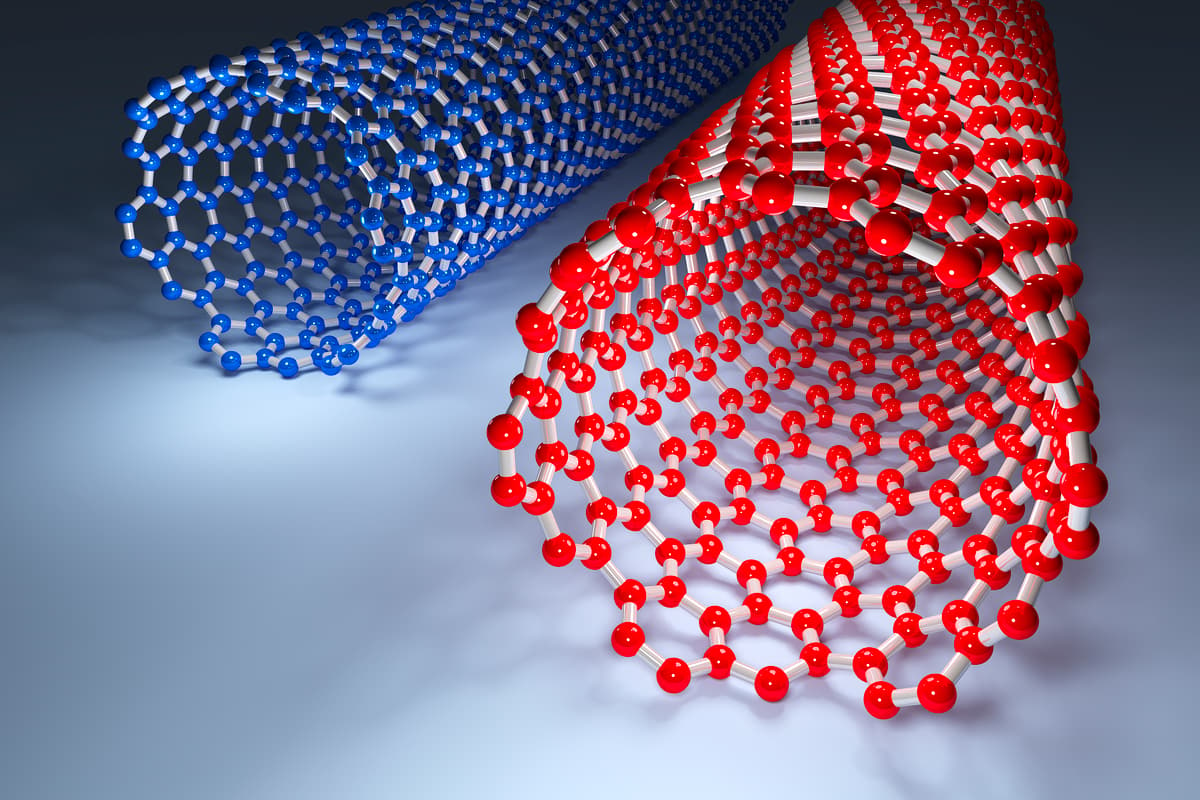 Carbon nanotubes can help photosynthetic bacteria produce electricity more efficiently, in a new study from EPFLDepositphotos
Carbon nanotubes can help photosynthetic bacteria produce electricity more efficiently, in a new study from EPFLDepositphotos
Engineers at EPFL have found a way to insert carbon nanotubes into photosynthetic bacteria, which greatly improves their electrical output. They even pass these nanotubes down to their offspring when they divide, through what the team calls “inherited nanobionics.”
Solar cells are the leading source of renewable energy, but their production has a large environmental footprint. As with many things, we can take cues from nature about how to improve our own devices, and in this case photosynthetic bacteria, which get their energy from sunlight, could be used in microbial fuel cells.
In the new study, the EPFL team gave these bacteria a boost by inserting carbon nanotubes – tiny rolled-up sheets of graphene, a material that’s famously conductive. The nanotube-loaded bugs were able to produce up to 15 times more electricity than their non-edited counterparts from the same amount of sunlight.
Getting the nanotubes inside the bacteria is no easy feat, the team says, but they managed it by decorating their surface with positively charged proteins. This attracts them to the outer membranes of the bacteria, which are negatively charged. It worked in two species of bacteria, Synechocystis and Nostoc, which have very different shapes.
But perhaps the most intriguing part is that when the bacteria divide, they pass on the carbon nanotubes – and as such, the better electrical properties – to the new cells. That does diminish over time, however, as the concentration of carbon nanotubes is spread out between more and more cells, but it’s an interesting proof-of-concept of what the team calls inherited nanobionics.
“It’s like having an artificial limb that gives you capabilities beyond what you can achieve naturally,” said Professor Ardemis Boghossian, corresponding author of the study. “And now imagine that your children can inherit its properties from you when they are born. Not only did we impart the bacteria with this artificial behavior, but this behavior is also inherited by their descendants. It's our first demonstration of inherited nanobionics.”
The team says that as well as producing new photovoltaic devices, this technique for inserting carbon nanotubes could also be useful for monitoring the inner workings of bacteria, or for tracing lineage between generations in a population.